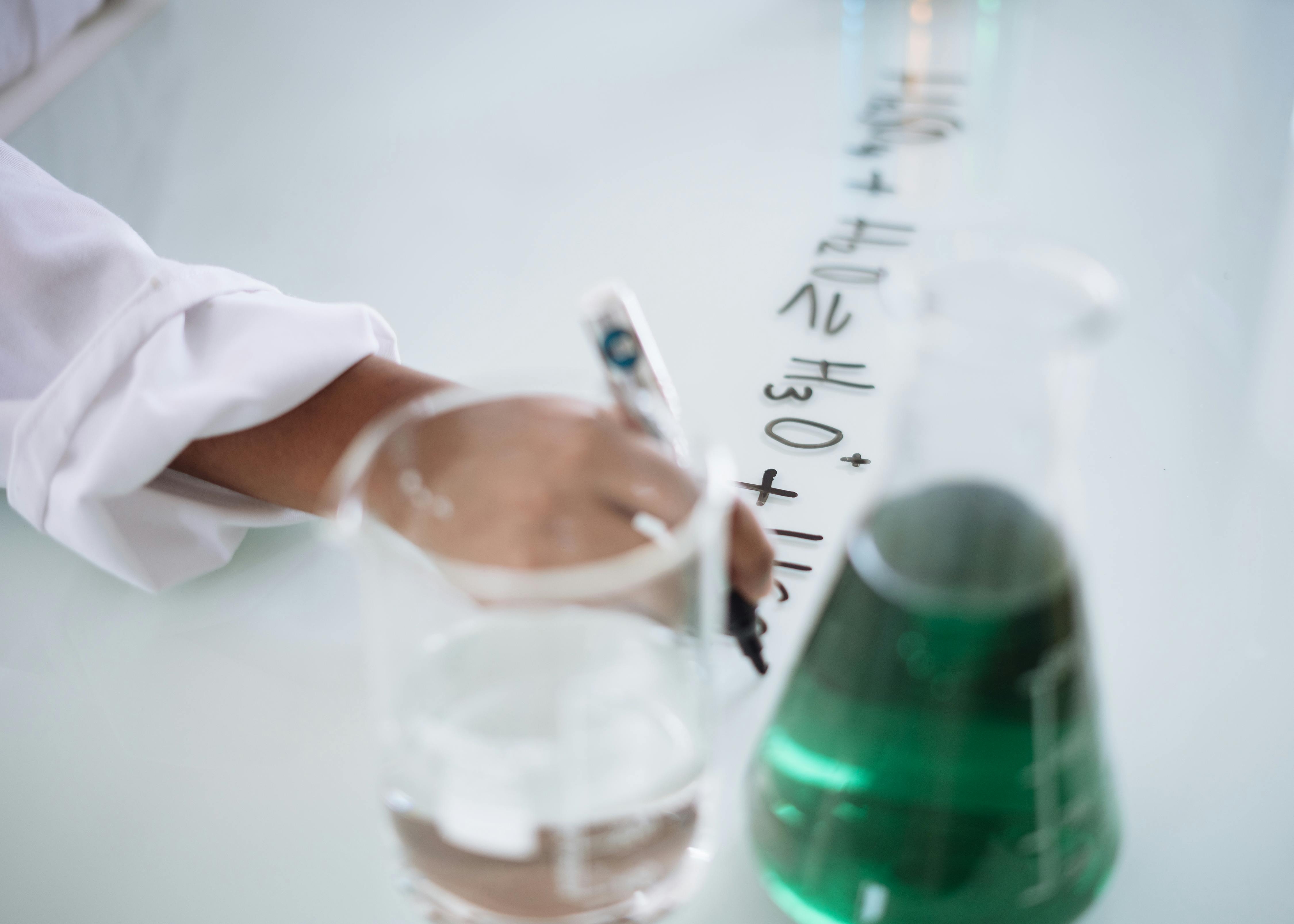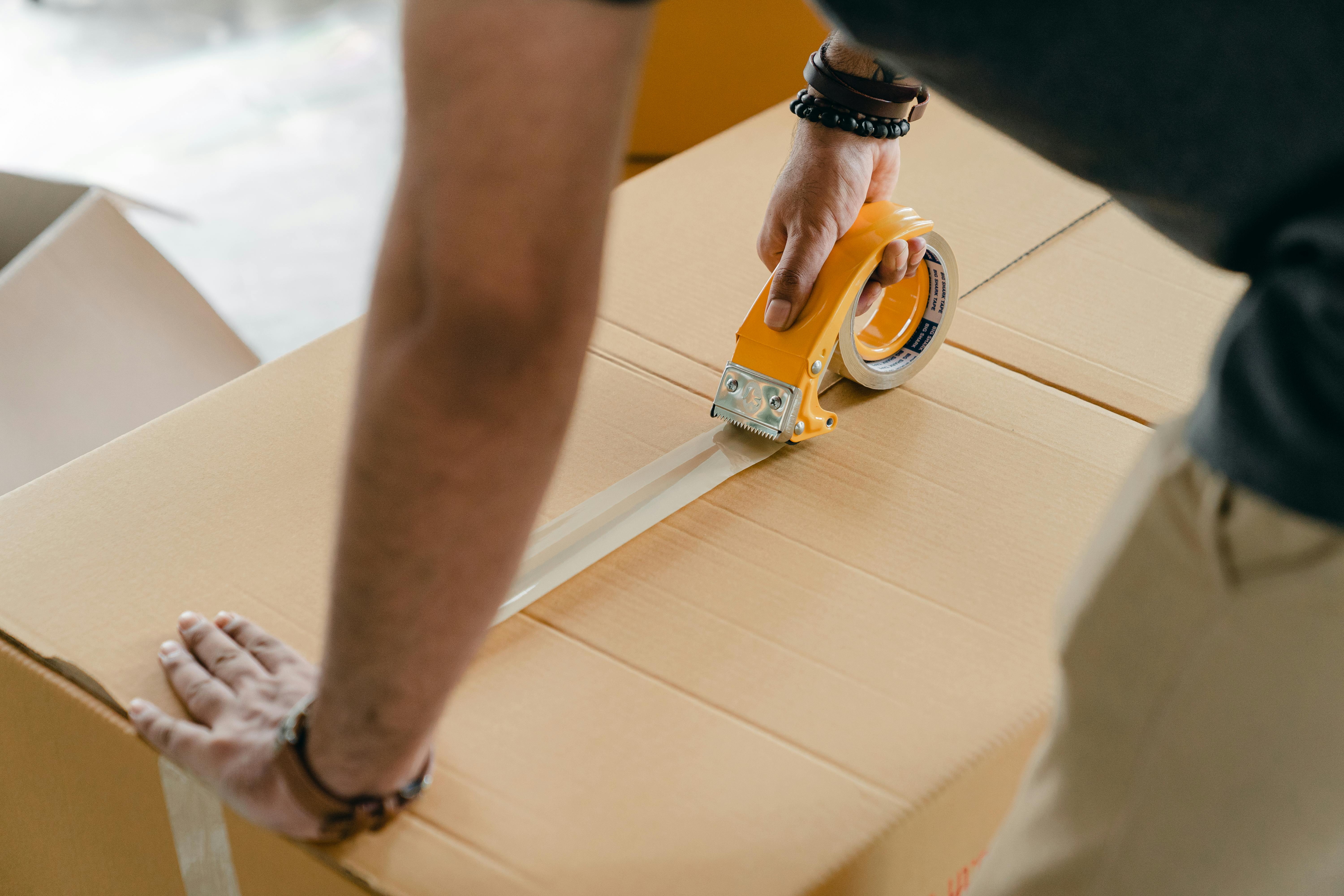Successful industry leaders understand that even in the current economic crisis, innovation is crucial to remain competitive and to grow the business. Smart innovators are entering a new design space and discovering that it has the potential to radically alter our world for the better and give their companies the edge they need to be on top. That space is green.
Companies innovate by developing new and disruptive technologies, refining existing technologies, or developing new applications for existing technologies. The innovator or innovation team divides the task into three segments: defining the problem, generating creative solutions, and putting it all together. The ultimate goal is a product or process that is better, cheaper, faster, or all three.
What is green innovation?
Green innovation results in a product or process that has environmentally neutral attributes or reduced resource needs. Green innovation broadens the innovation box to include the environmental footprint of the product or processes. It also fulfills the fundamental objective of being better, cheaper and faster.
Environmentally neutral products and processes are those in which the use of materials, water and energy are eliminated, minimized or replaced by other sources with less environmental impact. The environmental footprint considers the sustainability of the raw materials used, how the product or process is packaged, transported, used and disposed of.
It may not be intuitive that a company can achieve a significant competitive advantage considering the environment. The perception is that consumers and businesses are reluctant to buy green products or services. The reasons given include prohibitive costs, maintenance concerns, and general aesthetics. Companies that have already moved down the path of green innovation are turning these reasons into myths by developing products and processes that incorporate these characteristics that translate into reduced costs and a better price:
- Reduced energy use,
- Easy to recycle or made from recycled material to get started,
- Use less material,
- Takes up less space,
- Use fewer packaging materials or require less maintenance.
Three potentially disruptive new green technologies
Hycrete is a new product that is positioned to revolutionize the concrete industry. This material is an additive that seals the capillaries in the concrete, making it waterproof. Extends the life of concrete and also makes recycling easier. The current industry standard uses external plastic vapor barriers and liners, which offer similar costs, but without the recyclability. Hycrete has the potential to propel users towards a recyclable product, as the deconstruction of buildings and the recycling or reuse of materials are becoming profitable compared to landfills.
High temperature microwave ovens, like those produced by Spheric Technologies, are changing the ceramic industry just as much as the microwave oven changed our cooking habits at home. Microwave heating uses up to 80 percent less energy than conventional gas, electric or charcoal ovens, and reduces processing time by 90 percent. Microwave heating produces a better ceramic product with fewer defects than traditional thermal methods. The methodology has the potential to be extended to other industries where high-temperature processes are needed and where fossil fuel costs have become a determining factor in identifying other technologies.
Bringing natural light in buildings without the problems associated with controlling the transmission of light and heat has resulted in another example of potentially disruptive green technologies. Sage Electrochromatics has taken green inorganic metal chemistry, developing a new electro-coating formulation that produces “smart glass” that, when a small load is applied, can modulate the amount of light and heat conducted through the glass, improving thus the comfort of the interior space while providing relief from energy bills. The advantage over curtains or sensor actuated curtains is that there are no moving parts and less materials, therefore a lower cost.
Use green to innovate
It begins at the problem definition stage. Consider the gallon jug of milk. How can this product be reinvented or improved to meet the best, cheapest and fastest requirements with the environment in mind?
An innovation from the 1960s that incorporates a carry handle to comfortably pack eight pounds (1 gallon) of milk, the Plastic Milk Container has a large environmental footprint relative to its size. The polyethylene container is made from non-renewable fossil fuel resources. They cannot be stacked without using plastic boxes, which take up significant storage space and must be disinfected and replaced, requiring significant use of replacement material and water. Although the jug is square, which improves packaging, the boxes take up space and some of that space is empty. A hidden part of the environmental footprint is that the conditioning of the space uses energy resources. More trips are required between the dairy and the store due to dead shipping space along with the product.
Creative brainstorming for a new milk jug now goes beyond mere redesign. It considers the source of the materials used, the natural resources (water and energy) and the space requirements necessary to move the product from the dairy to the store, and minimizing the waste stream generated. The eco-innovation is a sturdy rectangular polyethylene pitcher that reduces dead space, allowing a 50 percent reduction in stacking space without the need for boxes. It is sized to fit a standard pallet and is secured with cardboard bands and shrink wrap, resulting in a 50 percent reduction in transportation and fuel requirements. The cardboard and shrink wrap are recyclable, leaving a zero waste stream for the store that sells this product. And the consumer can still recycle the plastic container at home.
Superior Dairy designed this new milk jug system and it is distributed through Costco, Sam’s Club and Wal-mart, three companies that understand the value of green innovation. Because the dairy employed an eco-innovation approach, the price of a gallon of milk in the new package is 20 to 30 cents less than a traditional jug of milk.
Why innovate green
- Cost and resource security. Energy and virgin material costs are no longer stable in the long term. Waiting for oil to climb back to $ 140 a barrel is not the time to start thinking about reducing energy or material use. Green innovation can help lower costs while producing a better product regardless of energy and commodity prices.
- The market is already looking for green solutions to meet government and self-imposed requirements. Wal-mart is committed to greening its supply chain. Green buildings, for example, accounted for 2 percent of all new construction started in 2005; in 2008 it was 6 percent and is expected to rise exponentially based on long-term energy and cost concerns. Green buildings have specific material and energy requirements that must be met. If your product or process doesn’t meet those requirements, you’ve lost a customer.
- Your competitors may simply understand the advantages of the market and are innovating instead of you.
Green partners
Green space is new to many industries. There is no one-size-fits-all approach to eco-innovation. Each industry has its own needs that must be pioneered. Still, lessons can be learned across industries and a third party can help find new applications.
Partnering with eco-innovation experts can also help companies understand future green trends, define products or processes that would significantly benefit from eco-innovation, help identify a product’s true environmental footprint, and help look for ways to position products or processes for explosive growth in the new economy.



